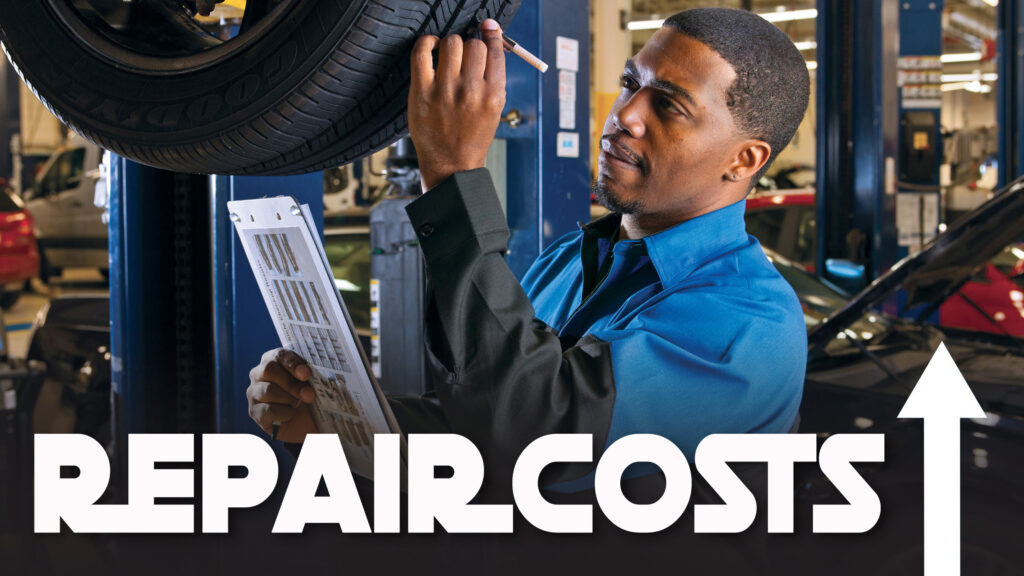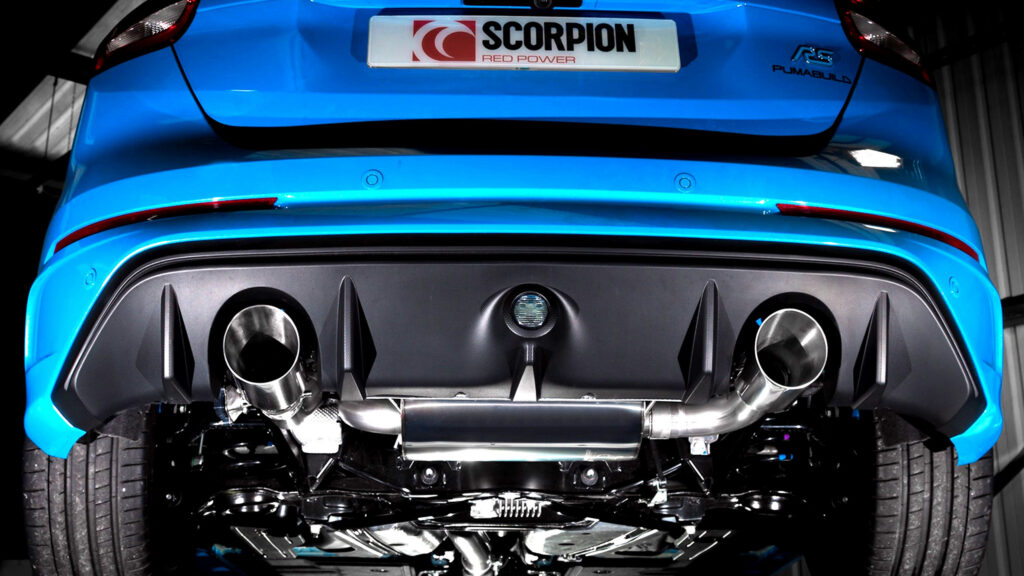Auto Repairs

New U.S. tariffs might soon leave drivers digging deeper into their pockets for car repairs. With these tariffs targeting imported auto parts, it’s likely the cost of fixing up your vehicle will increase. Not only does this affect out-of-pocket repair expenses, but it could also lead to higher insurance premiums. So, those with repairs they’ve been putting off might want to hurry up and get them sorted before prices rise.
What’s Changing?

The recent tariffs, which began on May 3, are not just focused on brand new vehicles but also on the parts critical for maintaining the cars already on the road. Many of the parts utilized by U.S. repair shops come from places like Mexico, Canada, and China. Unfortunately, the situation isn’t being helped by the loaded 25% levy that remains untouched by any tariff pauses.
For instance, a significant chunk of our auto parts came from China, accounting for over 9.2% of imports, valued at about $18 billion in 2023. This steady reliance on China over 30 years means any price bump on these parts could lead to hefty bills.
Avoiding Sticker Shock

While many parts are made domestically, experts suggest that procrastinating repairs might not be the best financial decision. Leaving that brake job for next month could make the cost jump up by $150 to $200, turning a typical $500-$800 repair into a more significant concern.
And don’t forget about insurance costs. As repair prices go up, insurers are likely to pass those additional costs onto their customers. What this could mean is a more substantial insurance premium, even for those who manage to avoid a trip to the repair shop.
Driving Feel
Now, for those wondering how these changes impact the feel of driving brands like Ford or Chevy, rest assured the tariffs won’t alter the ride quality or performance. The heart and soul of what makes driving those models enjoyable remain intact. However, comparing it to costlier brands like BMW or Audi, the difference now might not just be in the ride quality but also in how economically savvy the choice feels.
Keeping an old reliable ride for a bit longer instead of upgrading might be a good strategy in the face of these developments. After all, some of the best rides have also been built on smart decisions.
EVs Lead in Reliability
Rally Legend Unveiled
EV Sales Surge 2025
McLaren Le Mans 2027
Aston DB12 AMR Unleashed